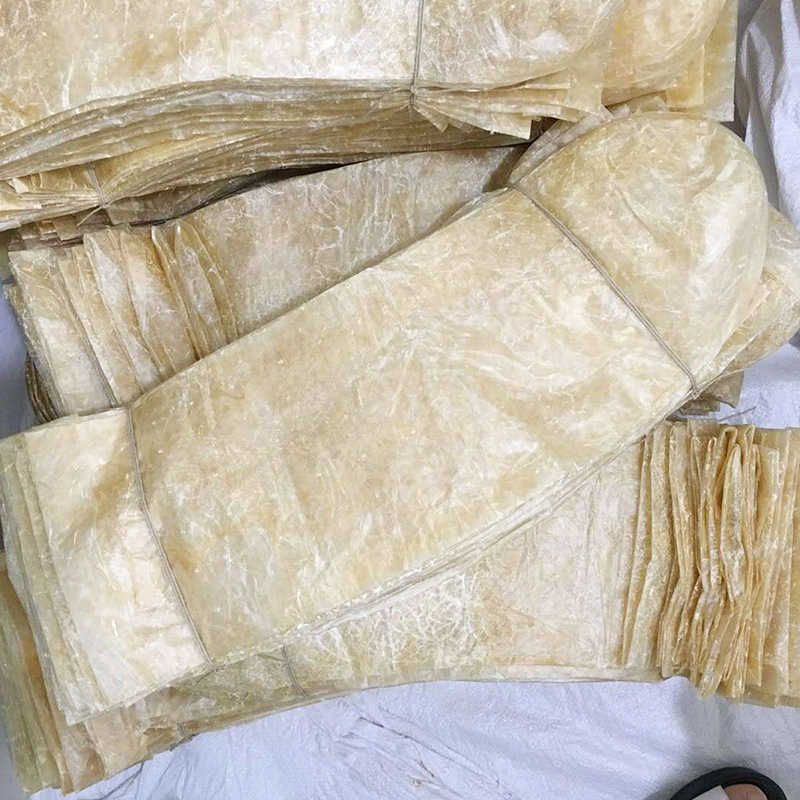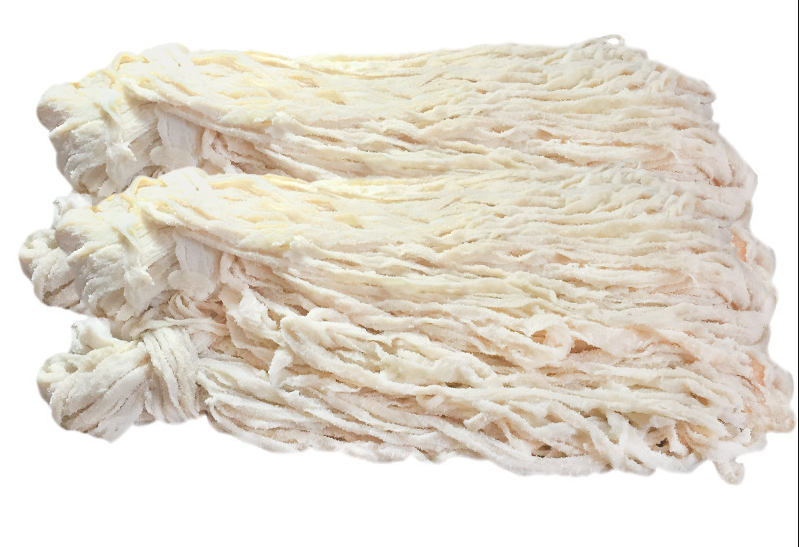Introduction to Dried Casings Details
Jul 28,2023

Sausage casing, also known as sausage skin or sausage casing, is a crucial component in the production of various types of sausages. It is a thin, semi-permeable material that provides structure and shape to the sausage, while also allowing the flavors and juices to be retained during the cooking process.
Traditionally, sausage casings were made from the intestines of animals, such as pigs, sheep, or cows. These natural casings offer excellent elasticity and a natural, authentic appearance to the sausages. However, with advancements in food technology, artificial casings made from collagen or cellulose are also widely used.
The process of making sausage casings involves several steps. First, the intestines are cleaned thoroughly and treated with salt to remove any impurities and preserve the integrity of the material. Then, the casings are soaked in water or a solution to soften them and make them more pliable for stuffing.
During the stuffing process, the casings are filled with a mixture of ground meat, spices, and other ingredients, creating the characteristic shape and size of the sausages. The filled casings are then twisted or tied at regular intervals to separate the individual sausages.
Sausage casings play a crucial role in ensuring that the sausages maintain their shape and do not lose their moisture during cooking. They act as a protective barrier, preventing the sausages from bursting or deforming when exposed to heat. Additionally, the casings contribute to the overall texture and mouthfeel of the sausages, adding a desirable snap or chewiness.
In conclusion, sausage casings are an essential element in the production of sausages, providing structure, shape, and flavor retention. Whether natural or artificial, these casings play a vital role in creating the delicious sausages enjoyed by people worldwide.
Keyword:
Latest News







